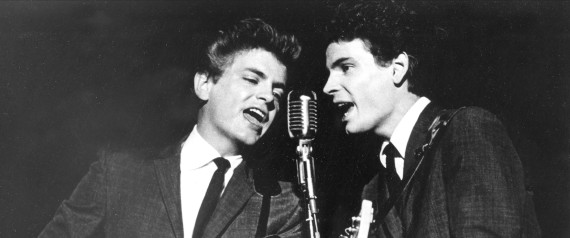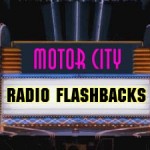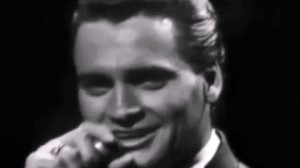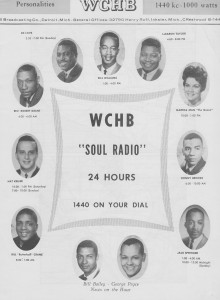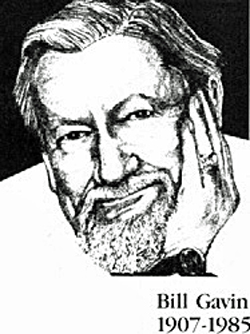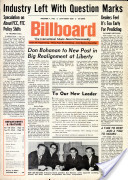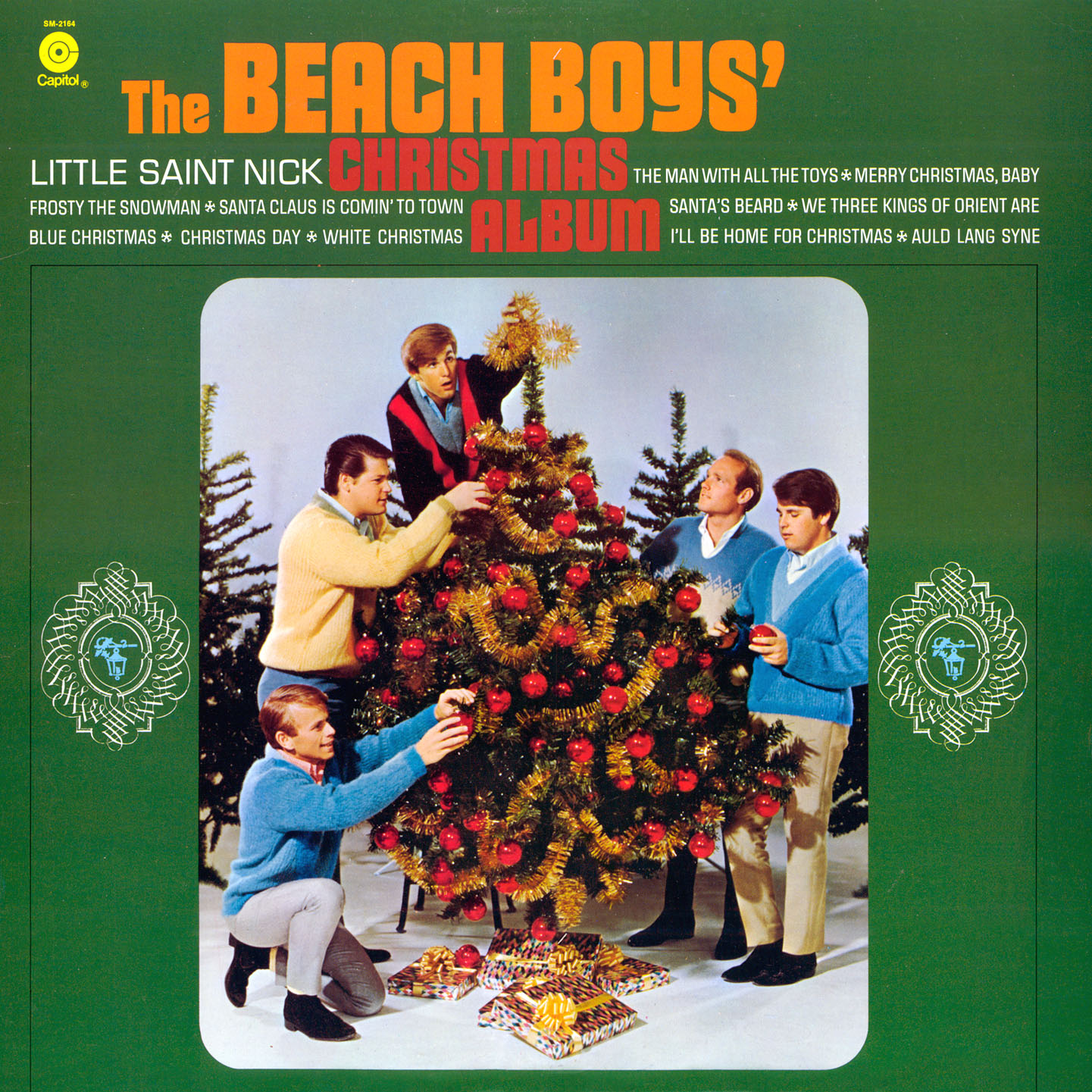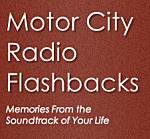 From current news wire services —
From current news wire services —
Phil Everly Succumbs to Respiratory Failure — Chronic Obstructive Pulmonary Disease
Phil Everly, who with his brother, Don, made up the most revered vocal duo of the rock-music era, their exquisite harmonies profoundly influencing the Beatles, the Beach Boys, the Byrds and countless younger-generation rock, folk and country singers, died Friday in Burbank of complications from chronic obstructive pulmonary disease, his wife, Patti Everly, told The Times. He was 74.
“We are absolutely heartbroken,” she said, noting that the disease was the result of a lifetime of cigarette smoking. “He fought long and hard.”
PHOTOS: The Everly Brothers through the years
During the height of their popularity in the late 1950s and early 1960s, they charted nearly three dozen hits on the Billboard Hot 100 singles chart, among them “Cathy’s Clown,” “Wake Up Little Susie,” “Bye Bye Love,” “When Will I Be Loved” and “All I Have to Do Is Dream.” The Everly Brothers were among the first 10 performers inducted into the Rock and Roll Hall of Fame when it got off the ground in 1986.
“They had that sibling sound,” said Linda Ronstadt, who scored one of the biggest hits of her career in 1975 with her recording of “When Will I Be Loved,” which Phil Everly wrote. “The information of your DNA is carried in your voice, and you can get a sound [with family] that you never get with someone who’s not blood related to you. And they were both such good singers–they were one of the foundations, one of the cornerstones of the new rock ‘n’ roll sound.”
Robert Santelli, executive director of the Grammy Museum in Los Angeles, said Friday, “When you talk about harmony singing in the popular music of the postwar period, the first place you start is the Everly Brothers…. You could say they were the vocal link between all the 1950s great doo wop groups and what would come in the 1960s with the Beach Boys and the Beatles. They showed the Beach Boys and the Beatles how to sing harmony and incorporate that into a pop music form that was irresistible.”
The Everly Brothers profoundly influenced 1960s-era groups and singer-songwriters ranging from Beatles John Lennon and Paul McCartney, who early in their careers called themselves the Foreverly Brothers, to Simon and Garfunkel, the Byrds, the Hollies and the Beach Boys.
“Perhaps even more powerfully than Elvis Presley, the Everly Brothers melded country with the emerging sound of Fifties rock & roll,” Rolling Stone magazine said in placing the brothers at No. 33 on its list of the “100 Greatest Artists.”
Phil and Don had an onstage breakup in 1973 that led to a decade-long estrangement, but Phil told Time magazine their relationship had endured.
“Don and I are infamous for our split,” Phil said, “but we’re closer than most brothers. Harmony singing requires that you enlarge yourself, not use any kind of suppression. Harmony is the ultimate love.”
In addition to his wife, Everly is survived by his brother, Don, their mother, Margaret, sons Jason and Chris, and two granddaughters. Funeral services will be private.
A full obituary will appear in Saturday’s Times. END
Phil Everly of the Everly Brothers dies at 74 | Randy Lewis January 3, 2014
(Published in the L.A Times.com, January 3, 2014. Portions of this article were obtained from REUTERS wire services)
![]()
